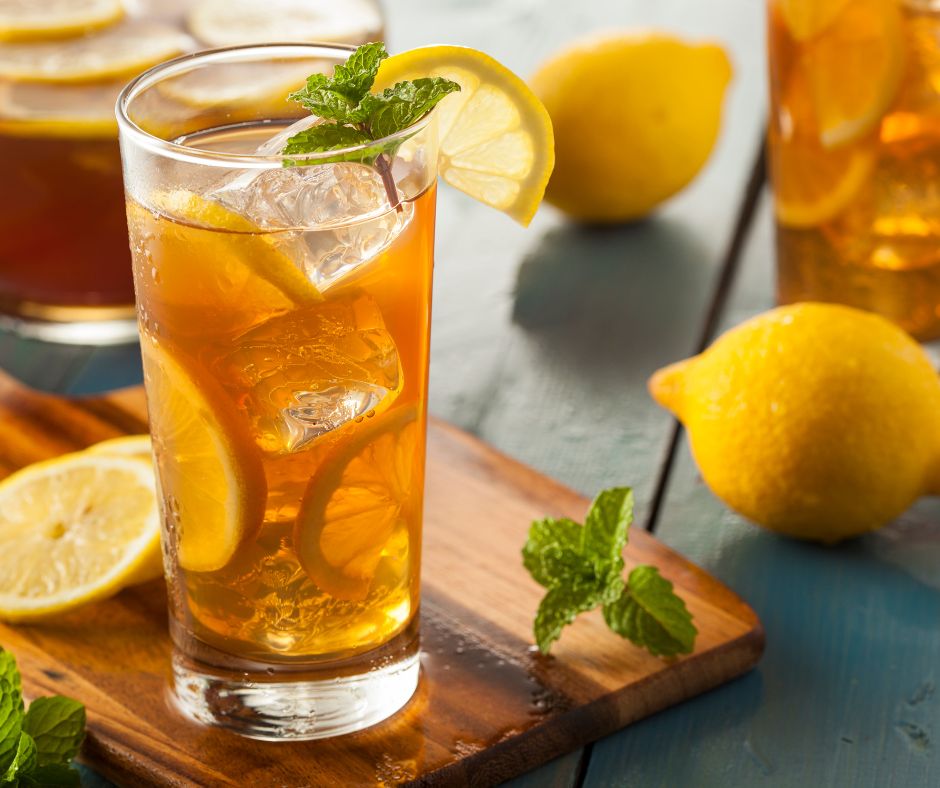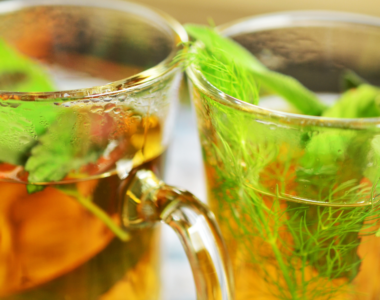
An introduction to ice tea
When it comes to beverages, tea is the in a tight second most consumed aromatic beverage with coffee. In continents like Asia and different cultures around the world, tea plays a vital role in the everyday lives of people who not only see it as a normal beverage but as a social mechanism to integrate their culture. Soft drinks based on tea are consumed cold or iced in general. Ice tea is a form of cold tea, which is gradually gaining market attention. Ice teas made from black tea are widely consumed in Western countries, mostly due to tradition and also due to the knowledge of the overall health benefits of tea.
Table of Contents
Flavors of ice tea

It may or may not be sweetened and is also a popular packaged drink. It can be mixed with flavored syrup with multiple common flavors; lemon, raspberry, lime, passion fruit, peach, orange, strawberry, cherry, etc.
Antioxidant compounds found in tea
The consumption of ice tea offers similar health benefits as black tea consumption. The most important antioxidant compounds found in tea are Polyphenols and Catechins. Polyphenols in tea give anti-oxidant properties and reduce various cancers as it boosts the immune system. Catechin molecules show the highest antioxidant activity.
Health benefits of ice tea
Some other health benefits are the inhibition of inflammation, and protective effects against diabetes, hyperlipidemia, and obesity. Furthermore, tea drinking is associated with reduced blood pressure, stroke, and hypertension and reduces DNA damage. Also, tea is a good alternative for consumers who demands less caffeine as tea contains half the caffeine content of coffee. Thus, drinking ice tea would be beneficial for health in many aspects.
New ways to add more goodness to ice tea
Regarding new approaches in the production of ice tea, fortification of tea beverages with nutritious and energy-giving materials is one new approach. This can be achieved by the incorporation of various cereal-based materials and proteins (e.g., collagens). Some examples are Vitamin A fortification, Thiamine fortification, etc.
Another would be the incorporation of prebiotic and probiotic components as additives to ice tea. Prebiotics are non-digestible carbohydrates that beneficially affect the host after ingestion as they are available as a selective energy source for probiotic bacteria, stimulating their growth and activity in the colon.
Be a daily ice tea consumer
Furthermore, regarding the international tea market, the opening up of new ice markets in countries where tea had not been commonly consumed has given new growth opportunities for the tea trade.
Also, with value addition and product development moving away from traditional forms and styles of tea consumption, tea is believed to be accepted, particularly in Western countries in newer, more modern forms by young and old, for example, as a part of a healthy diet. So don’t miss your chance to become an iced tea drinker, not only as a refreshment from daily fatigue but also to embrace yourselves toward a healthy lifestyle.
Isn’t iced tea just sugary soda in disguise?
Not necessarily! While some commercially prepared iced teas are loaded with sugar, plenty of healthy options exist. You can brew your own tea at home for complete control over ingredients, or look for unsweetened bottled/canned varieties.
What are the health benefits of drinking iced tea?
Many herbal and black teas boast health benefits. Black tea offers antioxidants, while green tea is known for its metabolism boost. Hibiscus tea may lower blood pressure, and peppermint tea can soothe digestion [consider adding a disclaimer that these are potential benefits and to consult a doctor for specific health advice].
What’s the best type of tea to use for iced tea?
Black tea is a classic choice, but herbal options like peppermint, hibiscus, or chamomile are great for a caffeine-free alternative. Explore flavored black teas like peach or lemon for a twist.
How can I sweeten my iced tea without all the sugar?
There are several alternatives! Try natural sweeteners like stevia, monk fruit extract, or a squeeze of fresh fruit. Consider using flavored sparkling water for a bubbly twist without added sugar.
What are some healthy additions to my iced tea?
Fresh fruits like sliced lemons, berries, or oranges can add natural sweetness and a burst of vitamins. Cucumber slices offer a refreshing twist, and herbs like mint or basil can enhance the flavor profile.
Where can I find healthy iced tea options in the US?
Many grocery stores offer a variety of bottled and canned unsweetened iced teas. Look for brands known for using natural ingredients and minimal processing. Local cafes and tea shops often have healthy iced tea options on tap.
I’m not a fan of the bitterness of some teas. How can I make iced tea palatable?
Steeping time plays a big role. Over-steeping can lead to bitterness. Use cooler water for brewing iced tea compared to hot tea. Adding a sweetener or fruit slices can also help mask any bitterness.
Can I make iced tea ahead of time?
Absolutely! Brewed tea (hot or cold-brewed) can be stored in the refrigerator for several days. This makes iced tea a convenient and healthy grab-and-go beverage.
Are there any special tools I need to make iced tea at home?
Not necessarily! You can simply brew hot tea and let it cool over ice. However, a teapot or kettle and a strainer can simplify the process. For cold-brewing, a pitcher or large jar is sufficient.
How does iced tea fit into a healthy lifestyle in the US?
In a country with a hot climate and a culture of sugary drinks, iced tea offers a refreshing and potentially healthier alternative. By controlling the ingredients, you can enjoy a delicious beverage that hydrates without the drawbacks of sugary drinks.



